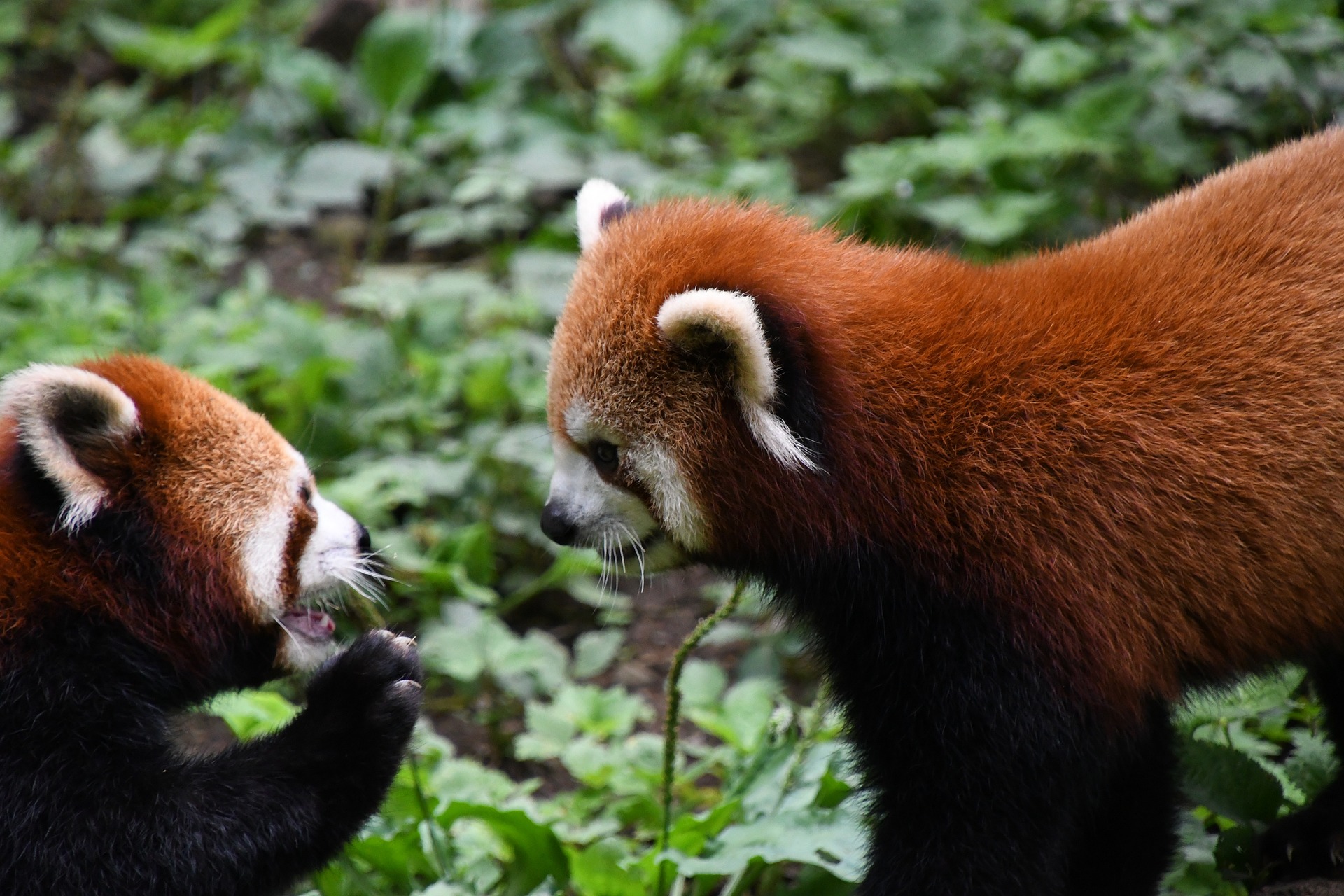The Fascinating World of Animal Communication
Have you ever wondered how animals communicate with each other? From intricate bird songs to complex whale calls, the animal kingdom is filled with fascinating forms of communication. Read below to explore the diverse ways animals interact and convey messages in their natural habitats.

Vocalizations: More Than Just Noise
Animals use vocalizations for a variety of purposes, including mating calls, warning signals, and territorial displays. Birds, for example, have unique songs that help attract mates and establish territory boundaries. Whales communicate through hauntingly beautiful songs that can travel for miles underwater. Understanding these vocalizations can provide valuable insights into animal behavior and social structures.
Body Language: Silent Conversations
Beyond vocalizations, animals rely heavily on body language to convey messages. From wagging tails to raised hackles, animals use subtle cues to communicate their emotions and intentions. Dogs, for instance, use a combination of body posture, facial expressions, and tail movements to express everything from excitement to fear. By learning to interpret these signals, pet owners can better understand their furry companions.
Chemical Signals: The Power of Pheromones
In addition to vocalizations and body language, animals also use chemical signals called pheromones to communicate. Pheromones are scent molecules that can trigger specific behaviors or responses in other animals of the same species. For example, ants use pheromones to navigate and communicate within their colonies, while dogs use pheromones to mark their territory and communicate with other dogs.
Visual Displays: Colorful Communication
Some animals rely on visual displays to communicate with each other. From vibrant plumage in birds to elaborate courtship dances in cranes, visual signals play a crucial role in attracting mates and establishing social hierarchies. Peacocks, known for their stunning displays of iridescent feathers, use their colorful plumage to impress potential mates and deter rivals.
Telepathic Abilities: Fact or Fiction?
While not scientifically proven, some animal enthusiasts believe in the existence of telepathic communication between animals and humans. Stories of pets sensing their owners’ emotions or anticipating their needs have sparked interest in the idea of a deeper, unspoken connection between species. While the science behind telepathy remains controversial, the bond between animals and humans is undeniably strong and enduring.
Useful Tips and Facts:
- Animals communicate through a combination of vocalizations, body language, chemical signals, visual displays, and possibly telepathic abilities.
- Understanding animal communication can help improve relationships between pets and their owners.
- Different species have unique ways of communicating, tailored to their specific needs and environments.
- By observing and learning from animal communication, we can gain a deeper appreciation for the natural world and its inhabitants.
In conclusion, the world of animal communication is a rich and diverse tapestry of sounds, gestures, scents, and visual displays. By delving into the intricacies of how animals interact and convey messages, we can develop a deeper understanding of their behavior and strengthen our bond with the animal kingdom. So next time you observe your pet’s wagging tail or a bird’s melodic song, take a moment to appreciate the complex language of the natural world around us.




